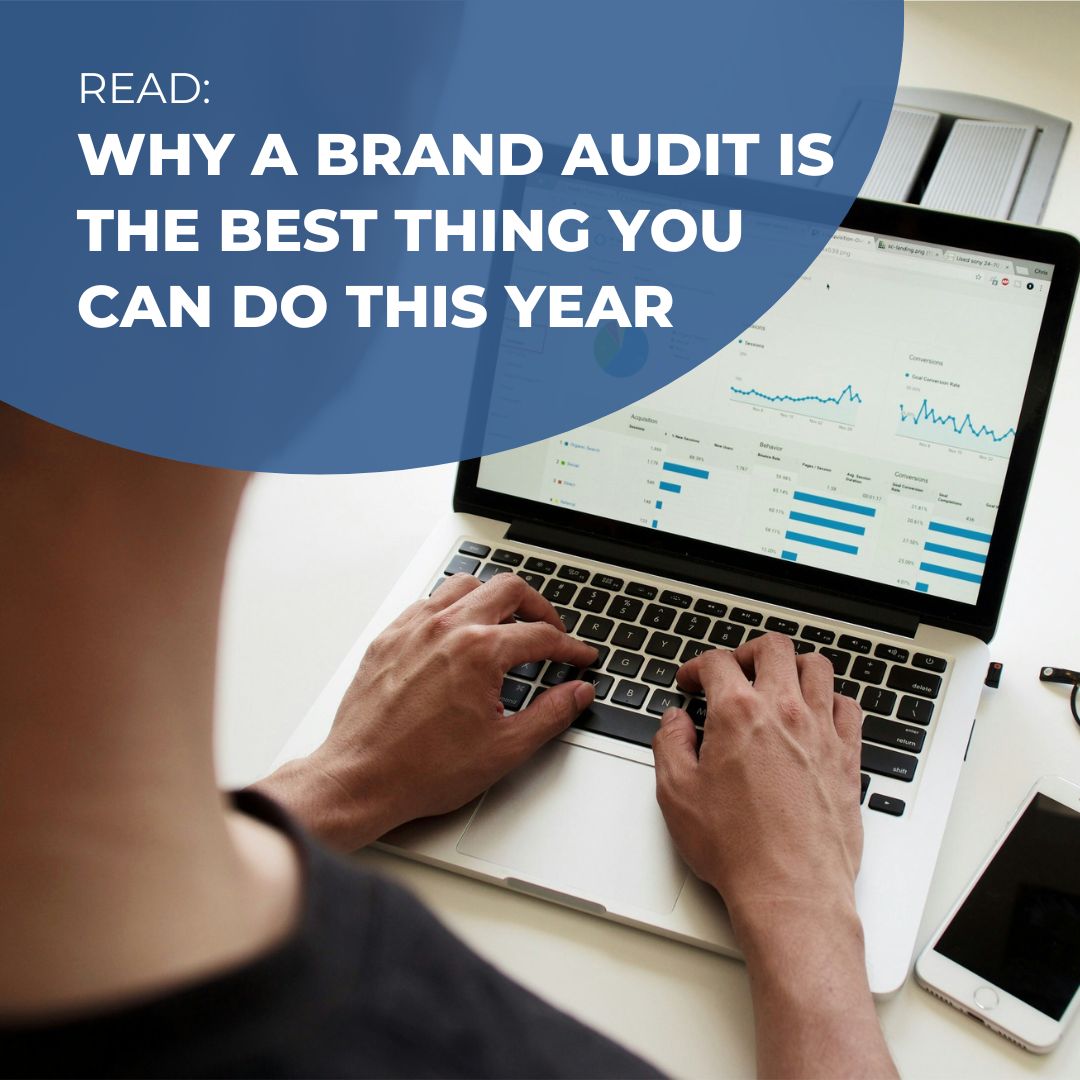Consumer marketers know brands require consistency to be successful.
It’s how customers get to know their organizations’ products, services and purposes. It’s how brands build trust, reinforce their market position, communicate their value, and get their audience thinking and talking about them.
Marketers also know brands—and connecting brand messages to people—require up-front and ongoing research. As your company builds and refines its employer brand strategy, here are three consumer marketing lessons to help you succeed.
Lesson #1: Base your brand on research
Up-front research is key to developing an authentic brand and consistent, honest messaging. It can’t be just about what the C-suite thinks it should be. It has to be what it is or it will fail. To discover your organization's authentic employer brand, you will want to develop a research approach that is both quantitative and qualitative.
The research roadmap should take into consideration talking to employees and candidates (think focus groups and one-on-one interviews), just as much as looking at numbers and percentages. If you can, get an outside partner to conduct the research. It has to be robust, reliable and unbiased in order to be effective and insightful. As much as we’d like to think employees will be honest with their managers or HR, they simply won’t.
Lean on the research and the reality—that’s how employer brands work best. >Click to tweet!
Once you start softening, changing or evolving a brand—based on top-down perception instead of research—you dilute and hurt the brand. Worse, you also give ownership to those who make that case without understanding the research and the employee perspective. Worse yet, you’ll find if a brand is made to be whatever you want it to be (not based on truth and research) it becomes misaligned to the real employee experience and will attract the wrong candidates. And, in turn, this will cause negative downstream impacts on recruitment, engagement and productivity.
Lesson #2: Keep a pulse on your audience
Do you know what influenced your high-potential employees to initially accept their job offers? Do you know why they stay at your company? Do you know why your ideal candidates decline their offers? Do you know what your employees really think?
Turns out, when it comes to understanding ideal candidates and high potentials, many human resources departments fall short. They conduct employee engagement surveys every one to two years, and the research and analysis end there. On the flip side, marketing departments of many large companies have dedicated market research teams (and the budgets to go along). Ongoing research is so important to their businesses, some consider it a priority, competitive advantage and factor in their success.
If you’re not conducting regular employer brand research, you are not alone.
It’s easy to get caught up in the day-to-day operations and running from meeting to meeting. But now is the time to hit pause on tactical execution and develop a method to gather regular market insight. It could be as simple as:
- sending out a declination survey,
- conducting quarterly focus groups with high-potentials,
- developing research-based candidate personas,
- proactively monitoring third-party review sites,
- creating a new hire survey or a combination of all of these.
While the research doesn’t have to be complicated, it should be comprehensive and it is only as effective as the rigor behind the process. A 10-question survey sent to 15 hand-selected people isn’t going to cut it. Your data needs to be reliable and not a series of one-off findings.
Lesson #3: Drive towards consistency
As an employer brand leader, you need to own the brand. A big part of that ownership includes driving towards consistency in message, tone, design and delivery. An effective, yet low-cost and low-effort, way to achieve it is through message map development.
A message map is a framework used to align brand messages to your audience, across your internal and external communication channels. It’s a tool that can help you pull the employer brand through the entire lifecycle of your employees—from pre-hire to alumnus.
Once you build it, a message map will save you time and effort. You won’t have to go back to drawing board every time someone or some team needs messaging. And it’ll save you some headaches and heartburn, since your HR and recruiting teams will be proactively armed with on-brand verbiage.
As you look toward 2017, think about how you can consistently reinforce your company’s labor market position, communicate its employment value, and get job seekers thinking and talking about you. Be mindful that employees and recruiters play a big role here, and keeping them on brand takes planning, time and resources. As does ongoing research.
These are not one-and-done tasks and should be built into your overall brand management strategy.
If you liked this article, sign up for our quarterly newsletter.
Shannon Smedstad (@shannonsmedstad) is a Lead Consultant & Project Manager for exaqueo, a workforce consultancy that helps organizations build their cultures, employer brands and talent strategies. Contact exaqueo to learn more about our employer brand innovation, workforce research and recruiting strategy offerings.

.jpg)

